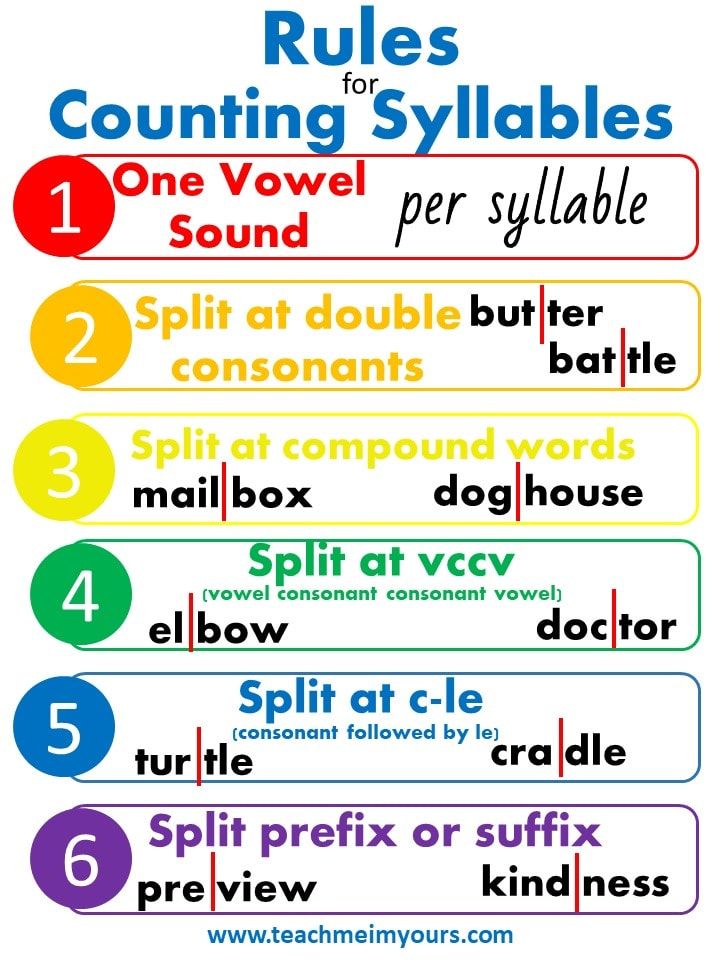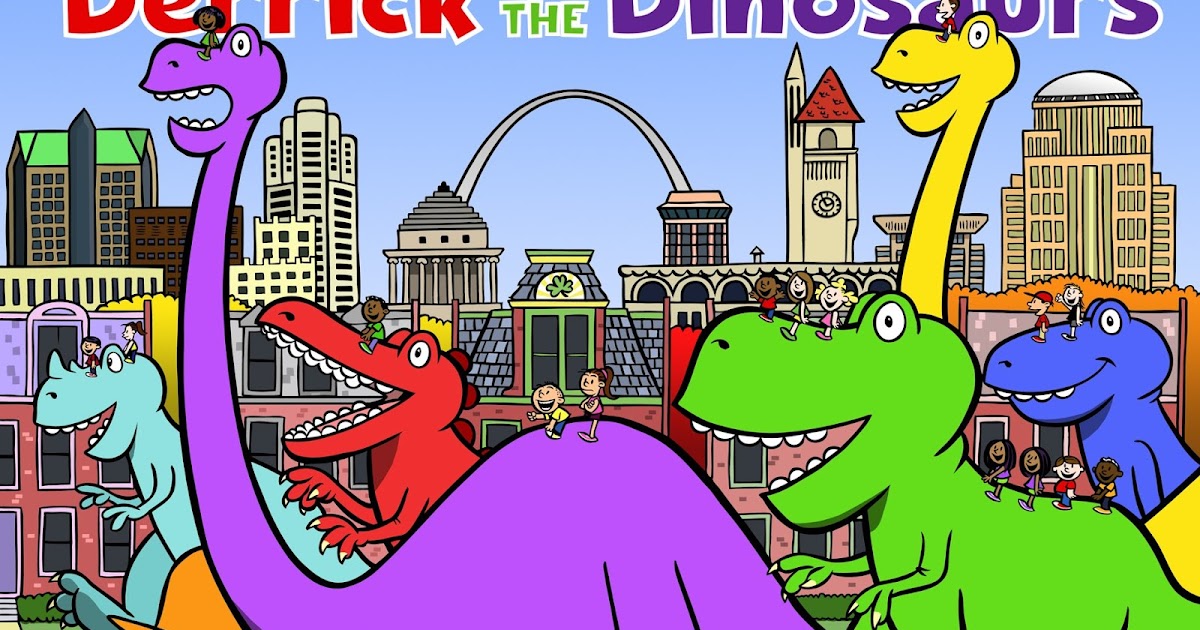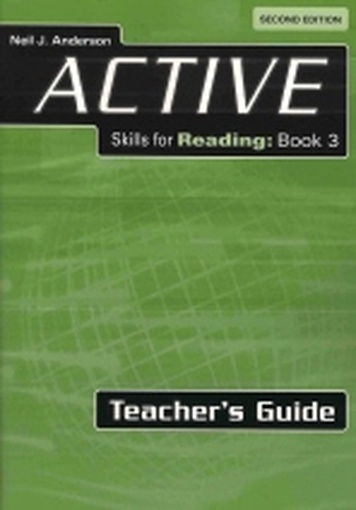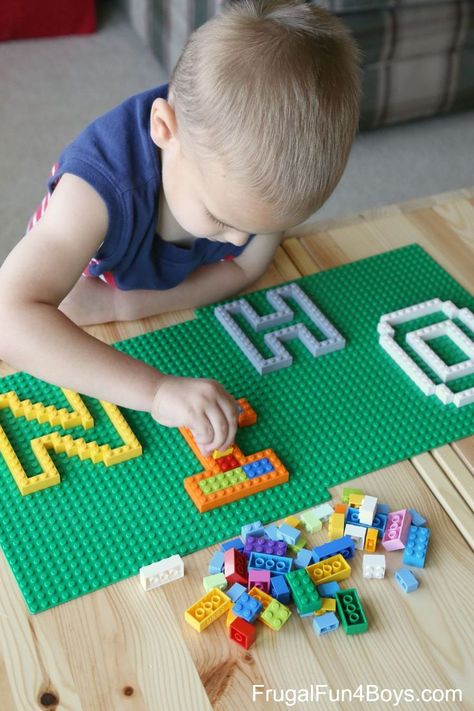How to level books
How to Determine the Reading Level of a Book
This content contains affiliate links. When you buy through these links, we may earn an affiliate commission.
Fountas and Pinnell, Lexile Level, Primer, Pre-primer, Beginning Reader are all terms you may have heard if you have a young reader in your house. Seriously, what does it all mean? Is there actually a way how to determine the reading level of a book? If your child can read The Cat in Hat, which is a level J in Guided Reading, can she independently tackle Diary of a Worm, which has a Lexile Level of 510L or is she ready for Keena Ford and the Second Grade Mix-Up, even though that one has a DRA of 30?
Through this post, I am going to attempt to elucidate and explain reading levels. So scroll through to find the system that your child’s teacher uses or pour yourself a large cup of coffee and sift through all of the various ways educators, librarians, and book publishers level and categorize books for young readers.
Reading Levels Are Like Starbucks Sizes
I admit, I don’t visit Starbucks unless I have a gift card. I am also that person who goes to Starbucks and still tries to order a large iced tea. The barista calmly asks if I would like a venti or a trenta and then explains that I need to choose between Passion Tango, Matcha Green, or Guava White Tea. Then comes the question of sweetened, unsweetened, or added lemonade.
For the young reader, finding a book that can be read independently can be as tricky as remembering all of the variables in a Starbucks order. Little readers who are not familiar with reading levels or taught to find a “good fit book” often go for books that are too easy and boring, too difficult and frustrating, or, like my kindergarten son, books that have too many unreadable Star Wars planet names like Kashyyyk. If a child knows her reading level, she can find books that contain sight words she knows, plot lines that are not too advanced, and vocabulary that is manageable.
Explain the Levels, Please
There are many different ways that books are leveled. Here are the three most popular methods for how to determine the reading level of a book.
Developmental
Children become readers by moving through different developmental reading stages. These stages range from the emergent pre-reader to the expert fluent reader. Typically, the emergent pre-reader is between six months and six years of age, while the expert fluent reader is 16 years and older. The developmental categories are broader categories than many of the other leveling systems.
Letter Levels
When I taught first and second grade, I found letter levels to be the most kid friendly way to organize a classroom library. If your child’s school levels books using Fountas and Pinnell, Reading A-Z, Scholastic Books, or Guided Reading Levels, then books will be leveled using a letter system. While it would be nice, these leveling systems do not always correlate. A book that is a Reading A-Z Level P, is not always a Level P using the Guided Reading Levels.
Number Levels
Books can be leveled through such systems as Lexile Numbers, The Direct Reading Assessment (DRA), and Reading Recovery. These systems measure texts by complexity and a reader’s skill level and then assign a number.
I Have My Child’s Reading Level, Now What?
Throughout the school year, your child’s teacher will probably perform reading inventories or assessments with your child. These will determine your child’s reading level.
If you homeschool or your child’s school does not use leveled reading, then use a simple test called the “five finger test” to roughly determine your child’s reading level. Have your child choose a book and open to the second page. Ask your little one to read the text out loud. If your child struggles with independently reading five or more words on that page, the book is too difficult and is not a good fit. You should also ask some comprehension questions to make sure that your young reader understands what she is reading.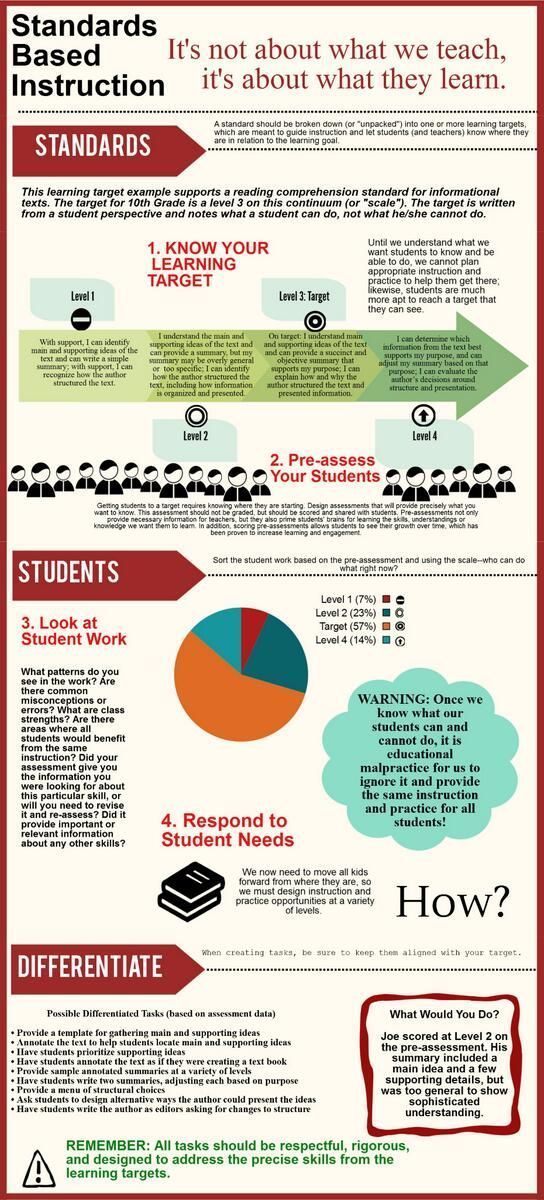 When a book passes the five finger test, use one of the links below to determine that book’s reading level.
When a book passes the five finger test, use one of the links below to determine that book’s reading level.
Once you have the reading level, take a look at these five helpful websites, apps, and charts that will help you and your child find or level the perfect book:
- Book Wizard : Type in the title of a book to retrieve the Guided Reading Level and grade level.
- Lexile Find-a-Book :Visit this site to find the Lexile Number for a specific book or to generate a list of books with a particular Lexile Number.
- Reading A-Z Level Correlation Chart : This is the best conversion chart out there for reading levels.
- Reading Levels Explained : Check out this very clean and user friendly site if you are still feeling overwhelmed by all of the reading level systems.
- Literacy Leveler app : Download this app and then use it to scan a book’s ISBN to see its Lexile, DRA, and GRL.
Levels Should be Helpful, Not Stressful
Reading levels should not feel restrictive.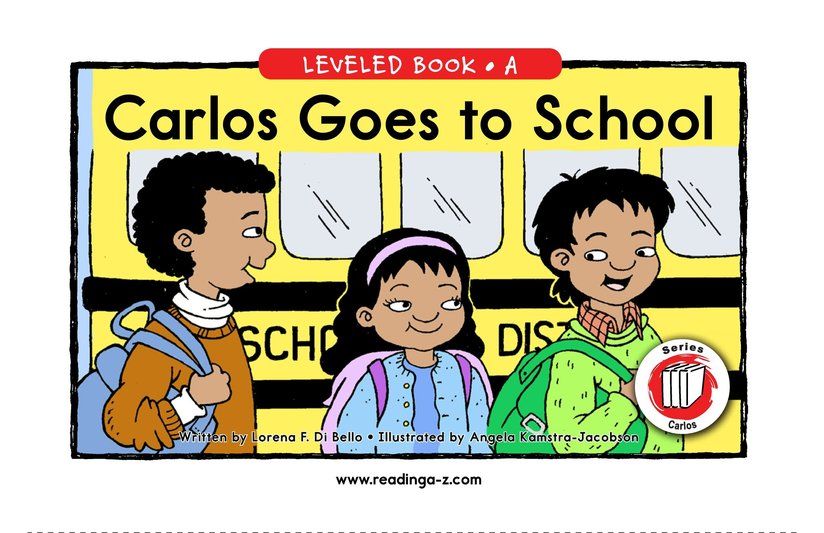 They should be used as helpful tools and not as a draconian system that kills the love of reading. Encourage your child to read books on her level, but don’t be upset if she chooses to reread an old favorite or picks up a nonfiction book that has some advanced vocabulary. Imagine how horrible it would be if adults had to always adhere to a reading level. I am well aware of the fact that some of my beach reads are probably a fourth grade reading level, with a Guided Reading Level of Q, 820L, and DRA of 40. I may not always be challenged as a reader, but it is still fun to sip my trenta Passion Tango unsweetened iced tea and enjoy a book simply for the fun of reading.
They should be used as helpful tools and not as a draconian system that kills the love of reading. Encourage your child to read books on her level, but don’t be upset if she chooses to reread an old favorite or picks up a nonfiction book that has some advanced vocabulary. Imagine how horrible it would be if adults had to always adhere to a reading level. I am well aware of the fact that some of my beach reads are probably a fourth grade reading level, with a Guided Reading Level of Q, 820L, and DRA of 40. I may not always be challenged as a reader, but it is still fun to sip my trenta Passion Tango unsweetened iced tea and enjoy a book simply for the fun of reading.
Need some books to practice leveling? Help yourself to 50 Must-Read Books for Beginning Readers, 20 Must-Read Books for First Graders and Second Graders, The Best Chapter Books for Kids: Engaging with Words, and 70 Must-Read Books for 3rd Graders.
How to Level Books in 2 Easy Steps
by Lisa
Learn how to level books the easy way for your classroom library, home library, or school library. The simple system I use as a school librarian works for a variety of different book leveling systems. This article will show you how to level books for Fountas and Pinnell, how to level books by Lexile score, and how to level books by DRA (Developmental Reading Assessment) level. If you need to level books for guided reading, you’re in the right place. How do you level a children’s book? Read on to learn how to level books quickly and easily for free.
The simple system I use as a school librarian works for a variety of different book leveling systems. This article will show you how to level books for Fountas and Pinnell, how to level books by Lexile score, and how to level books by DRA (Developmental Reading Assessment) level. If you need to level books for guided reading, you’re in the right place. How do you level a children’s book? Read on to learn how to level books quickly and easily for free.
Table of Contents
My Book Leveling Backstory
In the library, I sometimes get asked about the reading level of a certain book. Although I can look it up, I don’t place a big emphasis upon a particular book’s reading level. I always hope that kids will choose to read what interests them. However, knowing the reading level of a book does have its place. Maybe a classroom teacher needs to add some books to a leveled classroom library, or maybe a homeschooling parent wants to know for assessment purposes. Perhaps a student is just curious.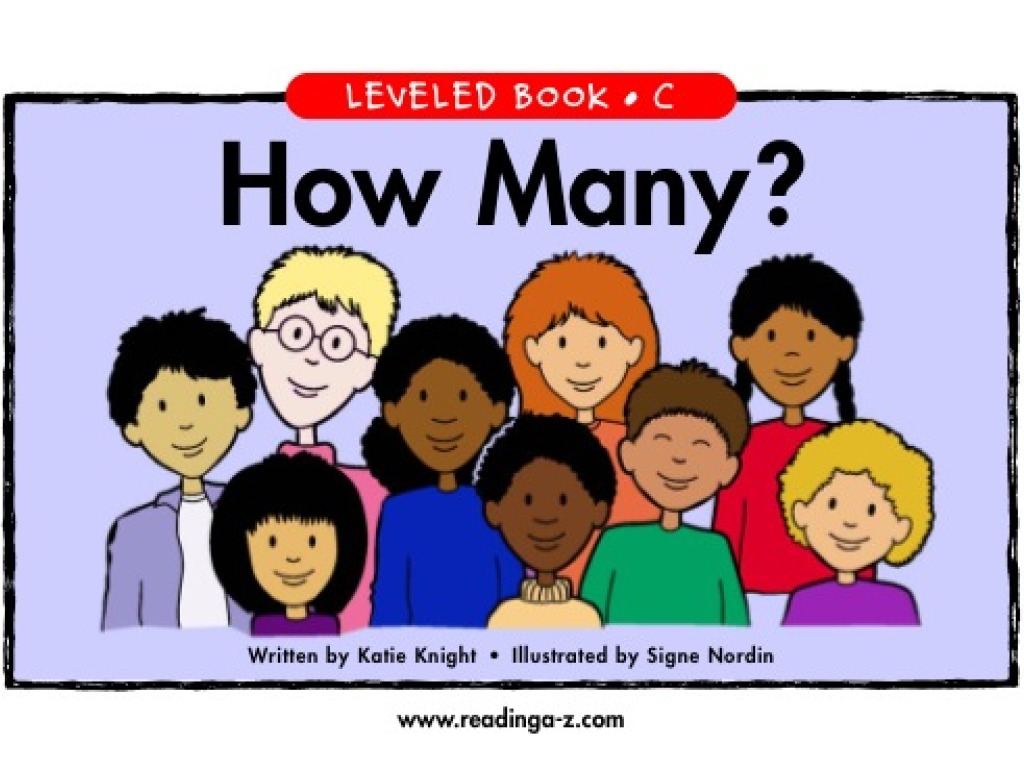 Here’s my favorite free way to level books quickly and easily.
Here’s my favorite free way to level books quickly and easily.
***Disclaimer: This post contains affiliate links, which means as an Amazon Associate I earn from qualifying purchases at no additional cost to you.*** Already know what you’d like to get from Amazon? Here’s a handy way to get to the website, linked to one of my favorite books for teachers to get kids excited about reading. Just click on the link, then browse around and do your shopping.
Take Me To Amazon!
Level Books Quickly Step 1:
You may be asking, “How classroom library?” Here’s the first step. Go to the Accelerated Reader Bookfinder site and type in the title, author or topic of the book you are trying to find information about. Chances are quite good that your book will be in the vast database of titles. Once you have the result, look for the number to the right of the AR letters. For the book I looked up, Wish, by Barbara O’Connor, the number was 6.0.
What does that number mean? It means that, according to the readability formula used by the Accelerated Reader program, the book would be at an appropriate level for a student at the beginning of sixth grade. Of course, the actual reader may be in a higher or lower grade level. If a book has an AR level of 4.5, the number means the book is at a readability level suitable for someone in the fifth month of fourth grade.
Of course, the actual reader may be in a higher or lower grade level. If a book has an AR level of 4.5, the number means the book is at a readability level suitable for someone in the fifth month of fourth grade.
Level Books Quickly Step 2:
If you are just interested in knowing the grade level of a book, you could stop there. However, many school districts use other reading levels to measure progress. One type of leveling model is the DRA (Developmental Reading Assessment). Another book leveling model is the Lexile score. Some teachers, homeschool parents or students may want to know the DRA level or Lexile score of a book. What if you want to level books for Fountas and Pinnell? How do you find a book’s guided reading level? For each of these queries, all you need to do is access a conversion chart, or book level chart. This is the best one I’ve found. Use the chart to convert the AR level to your desired book system level. There you go! You just learned my favorite free way to level books quickly and easily. Using these two free book leveling websites or tools, you can level many books in a short amount of time.
Using these two free book leveling websites or tools, you can level many books in a short amount of time.
Have a Ton of Books to Level?
What if you are a brand new classroom teacher and have a whole classroom library of books to level? What if you are a school librarian who has just been asked by your principal to level all of the books in the library? (It has happened before.) Is there an app to level books? Good news! There is a free app called QuickScan Book Leveler. The downside is that it’s only available right now for an iPhone or iPad. It also only provides the AR level and Lexile score. If that is all you need, then you’re set.
There is another app you could use called Level It Books. It’s not free, but it’s only $4.99. The app is available for both iOS and Android devices on their respective app stores. This app allows the user to quickly view a book’s Lexile, guided reading level, grade level equivalent, and DRA level, if desired. When used with a barcode scanner to scan each book’s ISBN, the leveling process is sped up substantially.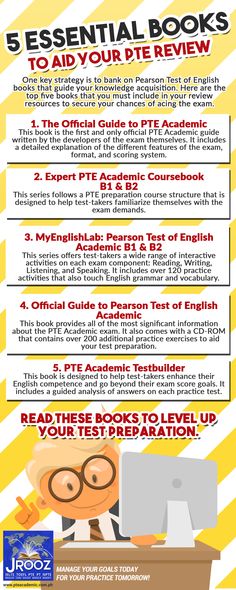
Is Book Leveling in Your Future?
Are you going to have a need to level some books anytime soon? Do you suddenly feel like raiding your bookshelf and visiting the AR website just to satisfy your curiosity? If that’s the case, I hope this post will help you find the book levels you are seeking. Have a fantastic week, and thanks for visiting the BookAndTechTips site.
Related Posts:
- Incredible Kindness Books for Kids
- Inspiring Technology Books for Kids
- Awesome Summer Reading Programs
- Helping Reluctant Readers: An Engaging Resource
- Free Ebook Site For Kids Offers Home Access
- The Best Free eBook Deal For Kids and Teachers
- Best Valentine Books for Kids
Lisa Mitchell is a school librarian who likes to use her job as an excuse to stay up far too late reading books and noodling around with tech tools. To learn more about what this website has to offer, click on over to the About page or the Book Tips page.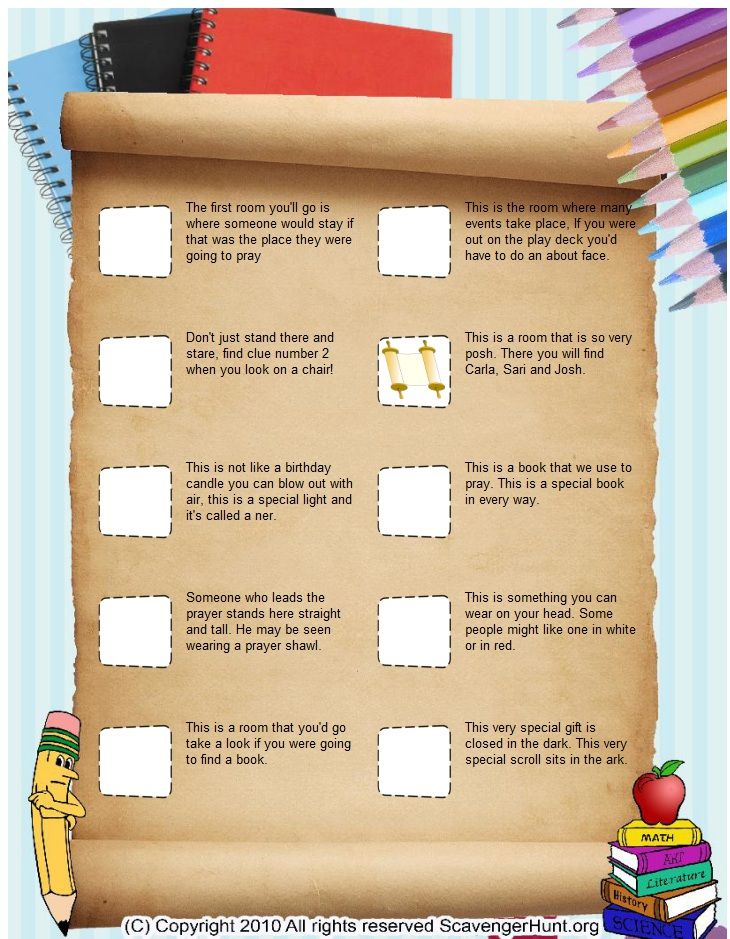 .
.
10 books to help improve communication skills
January 30, 2017BooksRelationships
Lifehacker has selected the most useful books, thanks to which you will learn to choose the right words in a conversation with anyone and under any circumstances.
Share
01. “The skill of communication. How to get along with anyone, Paul McGee
Knowledge, high IQ, professionalism - all this is not enough to succeed. You need to be able to communicate your ideas to others and not be afraid of difficult conversations. Communication Mastery focuses on the mistakes we make in communicating with other people. The book has a lot of interesting stories on the topic and just as much food for thought.
Buy the book
2. How to overcome shyness, Philip Zimbardo
The author of the book is a famous American social psychologist, the organizer of the famous Stanford prison experiment.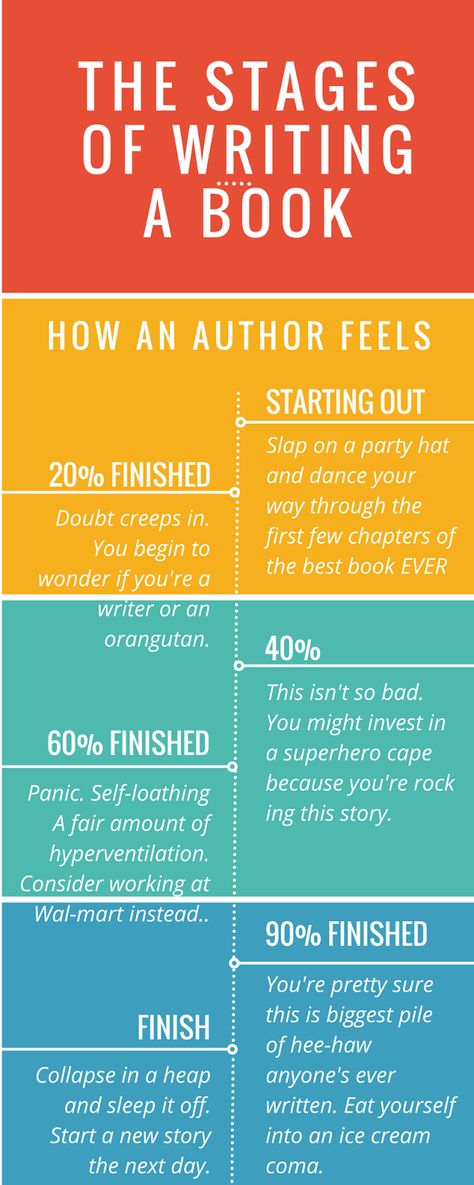 In his books, instead of abstract reasoning, you will find only a scientific approach and statistics. How to Overcome Shyness is no exception. Zimbardo views shyness as an individual way of responding to emotions. And so that you can overcome your complexes, it offers a set of specific tips and exercises.
In his books, instead of abstract reasoning, you will find only a scientific approach and statistics. How to Overcome Shyness is no exception. Zimbardo views shyness as an individual way of responding to emotions. And so that you can overcome your complexes, it offers a set of specific tips and exercises.
Buy the book
3. How to Talk to Anyone by Mark Rhodes
Tension during a conversation is a completely natural phenomenon. The main thing is to be able to overcome it. This is exactly what Rhodes writes about: how to deal with fears and barriers, start a conversation, gain confidence and get rid of the unreasonable fear that you will be rejected and driven away. Universal book about the problems of modern communication.
Buy book
4. Turning on the Secret Service Charm by Jack Schafer and Marvin Carlins
Former FBI agent and behavioral analyst Jack Schafer explains how to connect with and influence people. You will learn to recognize lies, to see signals in the behavior of other people, to change their opinion of yourself.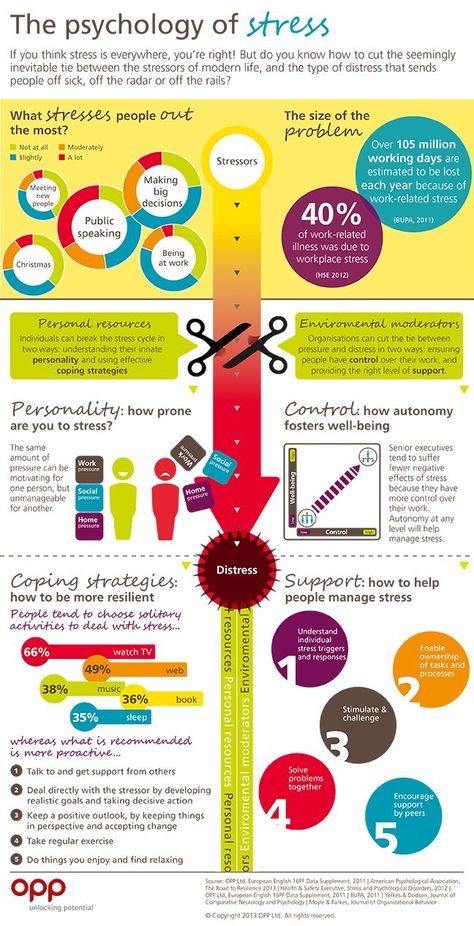 Another plus of this book: it has a part dedicated to online relationships. Today, most conversations with people take place on the Internet, and such communication also has its own characteristics.
Another plus of this book: it has a part dedicated to online relationships. Today, most conversations with people take place on the Internet, and such communication also has its own characteristics.
Buy the book
5. How to Talk to Assholes by Mark Goulston
Yes, all of us from time to time have to communicate not only with pleasant and friendly people, but also with completely unbearable people. And do not be confused by the title of the book: we will talk about a category of people with an irrational and dishonest communication style. You can't build a constructive dialogue with them.
Mark Goulston, a business psychiatrist, offers a whole range of techniques: 14 ways to deal with psychos, 8 ways to deal with insanity in your personal life, and, of course, recommendations for working on ourselves (after all, we also sometimes lose our temper and may seem not quite adequate).
Buy the book
6. “I can hear you through. Effective Negotiation Technique, Mark Goulston
Conversation is not so much the ability to beautifully express one's thoughts, but the ability to listen and understand the interlocutor.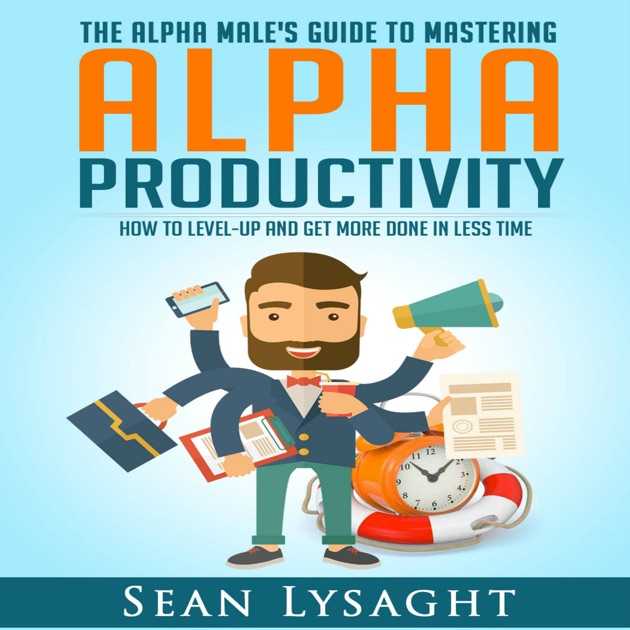 Believe me, people like to be listened to. This helps them feel more comfortable and confident. The main secret of communication is very simple: when you listen to another person, he will be ready to listen to you.
Believe me, people like to be listened to. This helps them feel more comfortable and confident. The main secret of communication is very simple: when you listen to another person, he will be ready to listen to you.
Buy the book
7. “The power of persuasion. The Art of Influencing People, James Borg
You will not find NLP or advice on manipulating people in this book. Persuasion is the ability to influence a person by speaking directly to them and helping them make sense of a situation. Just argumentation and honesty, no tricks. James Borg's advice applies to both work and personal life.
Buy the book
8. “Secrets of communication. The Magic of Words, James Borg
Another book by James Borg that is best read in conjunction with the previous one. Communication, persuasion and influence are interconnected and interdependent. The magic of words that Borg writes about is, of course, a metaphor. But there is also some truth in it: the words we use determine our success in relationships, work, business.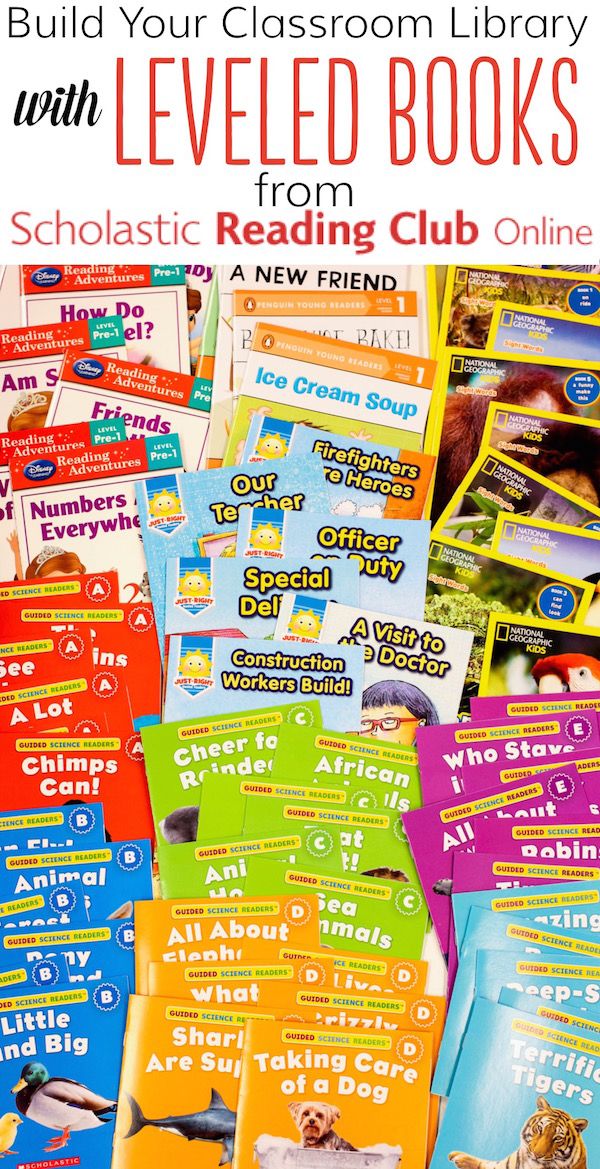 It's time to learn to choose the right words.
It's time to learn to choose the right words.
Buy the book
9. "The Strange Girl Who Fell in Love with a Brain" by Billy Fitzpatrick and Wendy Suzuki
Neuroscientist Wendy Suzuki once realized that she was completely dissatisfied with her life: all her time she devoted only to scientific work. But it was the knowledge of neuroscience that helped her to communicate with people, improve her physical shape and change her way of thinking.
Her methodology is based on four-minute brain workouts that help restore strength, improve mood and make thinking more intense. The body and brain are connected, and if you learn to manage this connection, you will literally be transformed - both externally and internally.
Buy the book
10. How to Win Friends and Influence People by Dale Carnegie
Probably no such collection of books is complete without good old Carnegie. One of the first books on self-help and effective communication.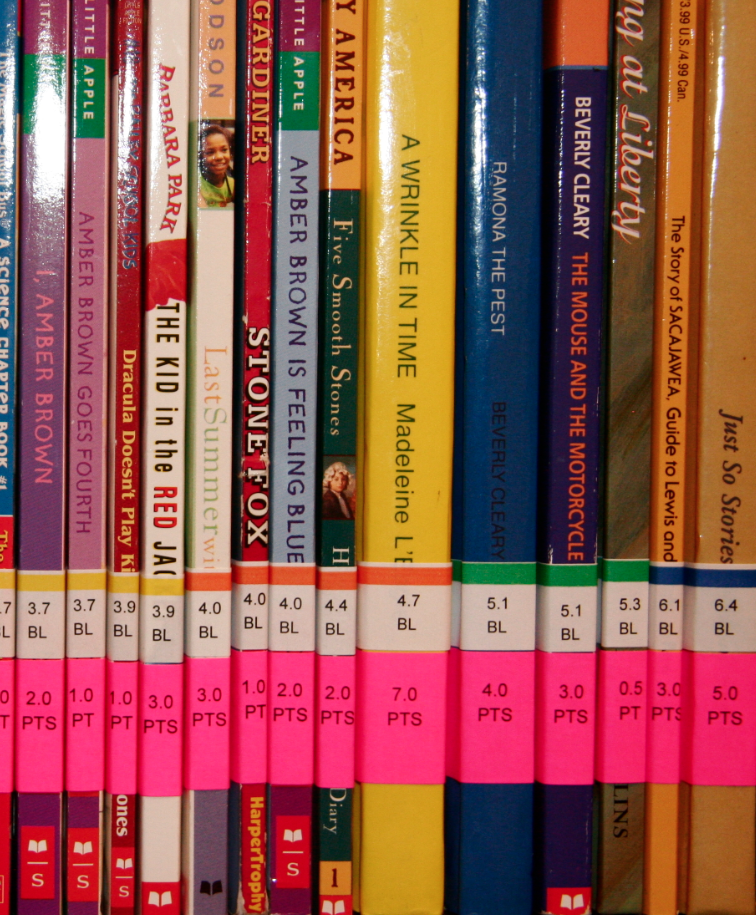 A classic that has stood the test of time.
A classic that has stood the test of time.
Buy the book
Lifehacker can receive a commission from the purchase of goods presented in the publication.
What books will help to pump soft skills - What to read on vc.ru
{"id":13711,"url":"\/distributions\/13711\/click?bit=1&hash=993ce7f10a29e09ef6007450140ef5fcebecd55805799940a93c3efe78cce5e3","title":"\u0411\u043e\u0438\u0442\u0435\u0441\u044c \u043d\u0435\u0434\u043e\u043e\u0446\u0435\u043d\u0451\u043d\u043d\u044b\u0445 \u0431\u0443\u043c\u0430\u0433?\u0412\u043e\u04\02 u0430 \u0441\u043e\u0432\u0435\u0442\u043e\u0432 \u043e\u0442 \u0438\u043d\u0432\u0435\u0441\u0442\u043e\u0440\u043e\u0432","\buttonText2","u0432","\buttonText2","\buttonText2","\buttonText2","\buttonText2" \u0442\u0430\u0442\u044c","imageUuid":"9ff620a4-3fae-5002-9694-5d10fe8c5bbf","isPaidAndBannersEnabled":false}
Business, like the rest of the world, is changing rapidly, and if you don't know how to adapt, you will be left without a career.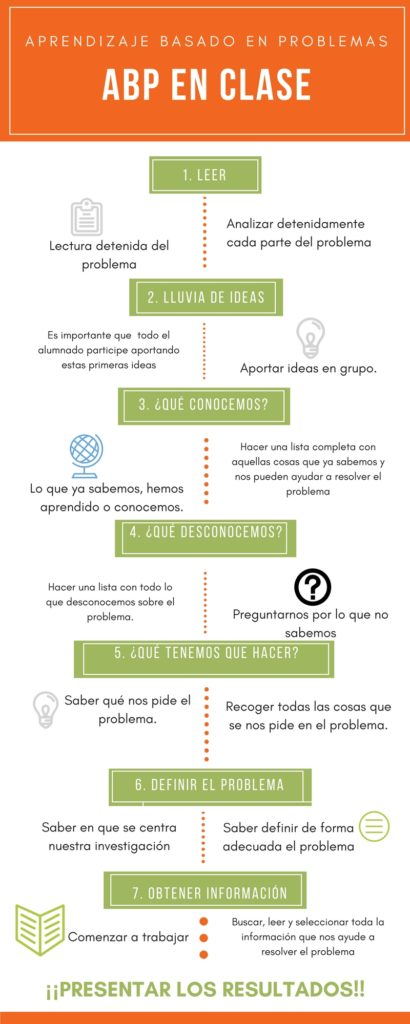 I recommend books that will help develop soft skills.
I recommend books that will help develop soft skills.
698 views
Alexey Maksimchenkov, business mentor, entrepreneur, investor
The main task now for everyone is to develop soft skills. If you don’t know how or don’t know something (not enough hard skills), then you can hire another person to help solve the problem.
Soft skills are now more important than hard skills. For example, learning - without it now nowhere. If the world has changed and no one else needs your specialization, then without the quick learning skill, finding a new job will be difficult.
There is an opinion that only managers need soft skills, but in fact it is not so. Now everyone needs them. If you want to live in the modern world, you need to develop your communication skills.
Speaking of books that improve soft skills, I like Stephen Covey's The 7 Habits of Highly Effective People, it's a great book on how to interact with other people.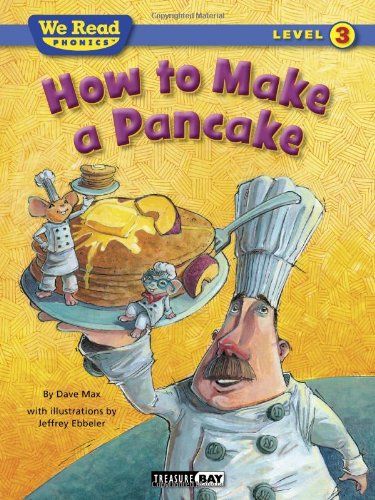 Bill Gates once said that this is a must-have book for work, and he himself always kept it on his desktop.
Bill Gates once said that this is a must-have book for work, and he himself always kept it on his desktop.
Stephen Covey's book is one big piece of advice on how to behave in society and interact with people. How to become successful and attract others like you.
The second book I can recommend is “Business Processes” by Mikhail Rybakov.
Here the author tells how to make the company itself "automatically" conduct business. Tips from the book will help to avoid the constant "came, told Masha to do this and that." Employees themselves will know what they have to do.
The thought that I remember most of all is: “If you want an employee to implement your idea, you don’t need to say it, you need to bring the employee to it with the help of a dialogue so that he “invents” it himself. And because it was his idea, the employee will undertake to implement it with great enthusiasm.
I like the typology that the author came up with. Now it became clear what type of personality should work in what position and how to motivate whom.



